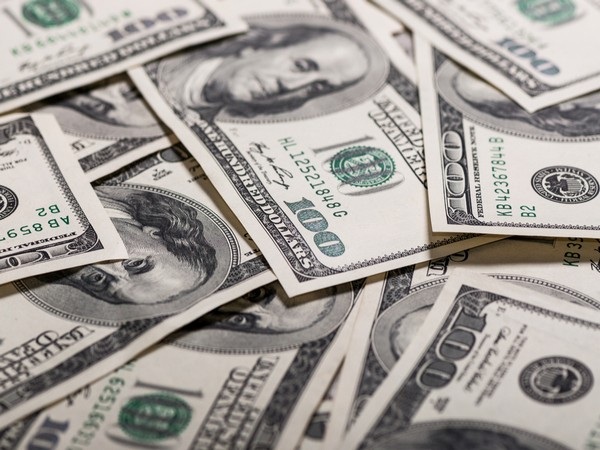
Dollar Rises On Safety Bid As Data Raises Concerns About Growth
On Friday, negative business activity data and hawkish remarks from central banks lowered risk sentiment, leading to an increase in the dollar’s value against the euro.
In June, closely watched business activity in the United States fell to a three-month low as manufacturing contraction deepened and services growth eased for the first time this year, according to survey data released on Friday.
The overall picture indicates that U.S. economic growth picked up a notch in the second quarter, despite the fact that there are still concerns that the Federal Reserve’s aggressive interest rate increases over the course of the past year will result in a recession.
Business expansion in the euro area nearly slowed in June, according to earlier data. Manufacturing contraction intensified as overall demand fell for the first time since January, while the bloc’s dominant services sector barely increased.
“We’re starting to see signals from businesses that the demand is starting to ease up at the margin, and that’s leading to recalibration of expectations of what future output looks like,” stated Bipan Rai, head of FX strategy for North America at CIBC Capital Markets.
Rai expressed, “I truly do believe that the worry with the future standpoint is burdening risk hunger at the present time, and the dollar is getting a piece bid off of that.”
The euro fell by 0.57 percent to $1.08925, a three-day low against the US dollar. By 0.49 percent, the dollar index, which measures the currency against six other currencies, reached 102.89.
Rai claims that the U.S. currency was supported by traders squaring their books as the end of the month and the beginning of the quarter approached.
Friday’s data rekindled market fears that policymakers still have a long way to go in tightening policy to control inflation, even at the risk of sending their economies into recession, following unexpected rate hikes and hawkish comments from global central banks.
Kit Juckes, chief FX strategist at Societe Generale, wrote in a note, “The markets are nervous about upside rate surprises after bigger than expected rate hikes in the UK and Norway yesterday.” Even before we saw the European PMI data, that helped the dollar immediately.
On Thursday, Fed Chair Jerome Powell stated that the central bank would cut interest rates “anytime soon” but would move rates “carefully” from here.
With a gain of 0.44 percent against the yen, the dollar reached its highest level in more than seven months at 143.76 yen. The Japanese yen has been put under additional pressure as the Bank of Japan (BOJ) maintains its extremely dovish stance.
The data released on Friday revealed that core consumer inflation in Japan exceeded expectations in May and that an index that did not include fuel costs rose at the fastest annual rate in 42 years, putting pressure on the Bank of Japan (BOJ) to reduce its massive stimulus program.
On Friday, the pound was at $1.271, down 0.30%. It was on track to lose about 1% for the week, the most it had lost in six weeks.
There has been a rise in expectations that the UK economy will enter a recession since the Bank of England significantly increased interest rates on Thursday in response to persistent inflation. This has put pressure on the British pound.
Traders stayed away from riskier currencies on Friday, which hurt the Australian and New Zealand dollars.
After falling 1.16 percent to $0.6678, the Australian dollar was headed for a weekly loss of nearly 3 percent, its worst week since late August. To $0.6139, the Kiwi lost 0.62 percent, or about 1.6%.
Bitcoin surged 3.46 percent to a one-year high of $30,924 thanks to BlackRock’s (BLK.N) plan to establish a bitcoin exchange-traded fund. The cryptocurrency’s best weekly gain since the middle of March was on track to be close to 17% for the week.
Disclaimer: The views, suggestions, and opinions expressed here are the sole responsibility of the experts. No Research Raptor journalist was involved in the writing and production of this article.